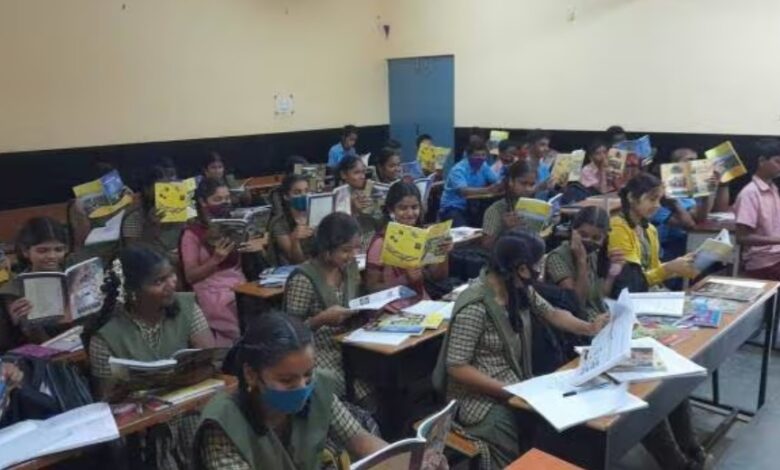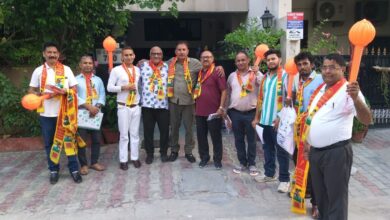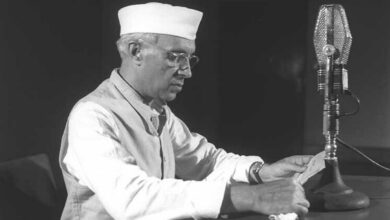
Forgotten Dreams: The Struggle In Tier-3 & 4 Cities
India is a land of youngsters with a promising era approaching as the active population gets access to the best education amenities and becomes the section of society that strengthens it. While the leading cities offer the best-in-class to their population, a large section of the nation’s coming generation residing in tier-3 and tier-4 cities lack the basic facilities like quality teaching, coaching or study resources, and more. While the dreams of millions of students take flight, the reality seems to be left overshadowed as the challenges of these cities do not come to light. Students in these regions often find themselves surrounded by obstacles that derail their aspirations.
As the Annual Status of Education Report (Rural) 2018 suggests, more than 25% of students from class VIII are unable to read a text taught to class students of class II, while only 28% of students in class III can perform subtraction sums. One of the prominent challenges that these students face is the lack of proper guidance. Unlike tier-1 cities that host numerous coaching centres, learned mentors, and more, tier-3 and 4 cities find it difficult to find teachers who can navigate them towards success as home tutors can hardly match the standards of education set by national-level teachers in Delhi or any other metro cities. The absence of efficient guides leaves them vulnerable to misinformation and misguided career choices, which hampers their progress from the beginning.
Along with this, the lack of reputed or good-quality educational institutions also contributes to a significant gap in knowledge acquisition. Though the access to internet has somewhat maintained the equilibrium, there’s a long way to go in terms of well-equipped institutions that offer holistic learning experiences. This leads them to lag behind their urban counterparts, who struggle to compete due to the lack of similar resources. Along with infrastructure, the unavailability of a favourable environment worsens the circumstances as limited resources pose a challenge for the readers. Without access to modern amenities and conducive learning spaces, nurturing their talents becomes an uphill battle, with success often seeming like an unattainable dream.
Along with all these challenges, the shadow of placements also looms over these students as the job opportunities that reach this section of learners are not very promising. While metropolitan cities offer abundant opportunities, tier-3 and 4 cities lack the industrial infrastructure that supports the thriving job market. As a result, students graduating from institutions in these cities often find themselves at a disadvantage when seeking employment opportunities, further perpetuating the cycle of unfulfilled dreams.
However, these challenges are also accompanied by a ray of hope as the resilience and determination exhibited by students from tier-3 and 4 cities serve as a testament to their unwavering spirit. By harnessing the power of community support and leveraging available resources, these students can overcome seemingly insurmountable obstacles. Fostering mentorship programs within the community can provide students with the guidance they sorely lack. Simultaneously, establishing partnerships with professionals from urban centres can also expose students to valuable insights and opportunities, empowering them to make informed career choices. With the national EdTech companies working on these gaps, efficient teaching models will soon be introduced in these cities as well to cater to the dreams of the students.
Prominent EdTech brands have been introducing their CSR initiatives to provide solutions to these students. Bridging the digital divide through initiatives aimed at providing internet access and technological resources can revolutionise learning in these regions. Furthermore, investing in infrastructure and modernising educational institutions can create a conducive learning environment for students, nurturing their talents and fostering growth. By equipping schools and colleges with state-of-the-art facilities, students can unleash their full potential and compete on a global scale.
The collaboration between local industries and educational institutions can also address the issue of placements. By creating internship programs and job fairs, students can gain practical experience and access employment opportunities within their communities, breaking the cycle of unemployment and unfulfilled dreams. While the challenges faced by students in tier-3 and 4 cities are alarming, they can still be resolved. By embracing innovation, fostering community support, and leveraging available resources, students can overcome these obstacles and realise their dreams, shining brightly amidst the forgotten shadows of tier-3 and 4 cities.




